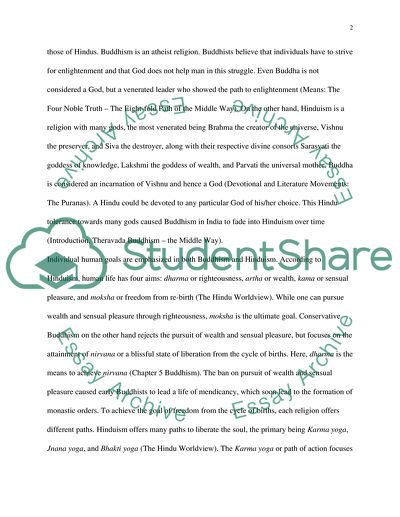Cite this document
(“Hinduism and Buddhism - What Sets Them Apart Essay”, n.d.)
Hinduism and Buddhism - What Sets Them Apart Essay. Retrieved from https://studentshare.org/religion-and-theology/1558795-comparisoncontrast-analysis-essay-of-buddhism-and-hinduism
Hinduism and Buddhism - What Sets Them Apart Essay. Retrieved from https://studentshare.org/religion-and-theology/1558795-comparisoncontrast-analysis-essay-of-buddhism-and-hinduism
(Hinduism and Buddhism - What Sets Them Apart Essay)
Hinduism and Buddhism - What Sets Them Apart Essay. https://studentshare.org/religion-and-theology/1558795-comparisoncontrast-analysis-essay-of-buddhism-and-hinduism.
Hinduism and Buddhism - What Sets Them Apart Essay. https://studentshare.org/religion-and-theology/1558795-comparisoncontrast-analysis-essay-of-buddhism-and-hinduism.
“Hinduism and Buddhism - What Sets Them Apart Essay”, n.d. https://studentshare.org/religion-and-theology/1558795-comparisoncontrast-analysis-essay-of-buddhism-and-hinduism.


